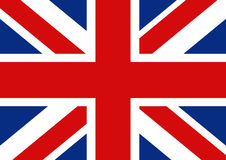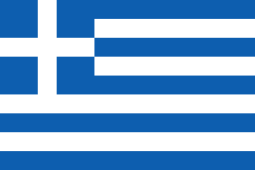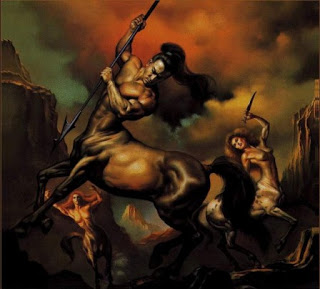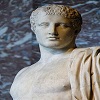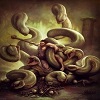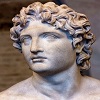Centaur
The creatures that were half man and half horse
The centaur is a mythological creature with the head, arms, and torso of a human and the body and legs of a horse.
Perhaps one of the most popular centaurs in Greek mythology is Chiron. He stands in contrast to the typical depiction of centaurs being indulgent and violent drinkers with his intelligence and enviable medical skills.
According to Greek tradition, there are two families of centaurs. The more numerous and unruly centaurs are those born of the union of Ixion, King of the Lapithae and a cloud which Zeus disguised as his own wife, Hera, whom Ixion had bragged of having relations with.
Chiron who was the like the above centaurs in appearance only fathered a different race of centaurs, sober, learned and studious. His father was Cronus, the Titan and his mother was Philyra, an Oceanid (or ocean nymph). He was a famous physician and teacher and was renowned for his skill in hunting, medicine, music, and the art of prophecy. Taught by Apollo and Diana, Chiron went on to tutor the greatest Greek warriors, Aesculapius, Jason, Hercules, and Achilles.
Powers
Centaurs lived in herds on Mt. Pelion in Thessaly, Greece, and were a plague to the people around them. They went about drunk, eating raw flesh, trampling crops, and raping female humans. The intellectual parts they inherited from humankind left them ignorant and yet cunning.
The Centaurs were creatures that were sometimes very hostile towards humans. They were always involved in brawls and battles. Often Zeus would send the Centaurs to punish gods and humans who had offended him. The hostility between man and Centaurs is said to have originated when the Centaurs were invited to their stepbrother's (Pirithous), wedding celebration.
At the feast Eurytion, one of the Centaurs, becoming intoxicated with the wine, attempted to offer violence to the bride; the other Centaurs followed his example, and a dreadful conflict arose in which several of them were slain. This is the celebrated battle of the Lapithae and Centaurs, a favorite subject with the sculptors and poets of antiquity.
Symbol
The wicked centaurs are the antithesis of the knight and the horseman. Instead of mastering or taming their instincts, these centaurs are ruled by them. They symbolize violent lust, adultery, brutality, vengefulness, heretics, and the Devil. They represent the struggle within each heart between good and evil, moderation and excess, passion and propriety, forgiveness and retaliation, belief and unbelief, god and beast.
Chiron is known as the wisest of all Centaurs. He did not depict the regular character of a Centaur; he just had the same body of those creatures. To the Greeks he was a close representation of a saint. He was a father figure to many of the gods' children. They were given to him so he could teach them great knowledge of the world. Chiron represents the positive combination of man's animal and spiritual natures.
[1]
